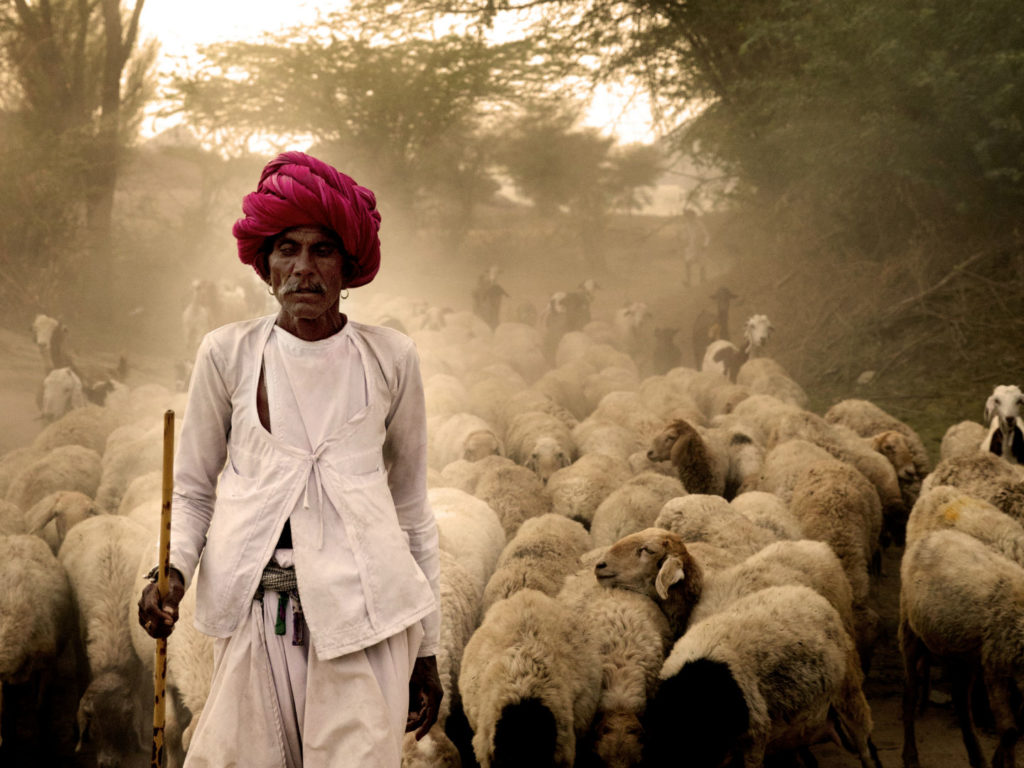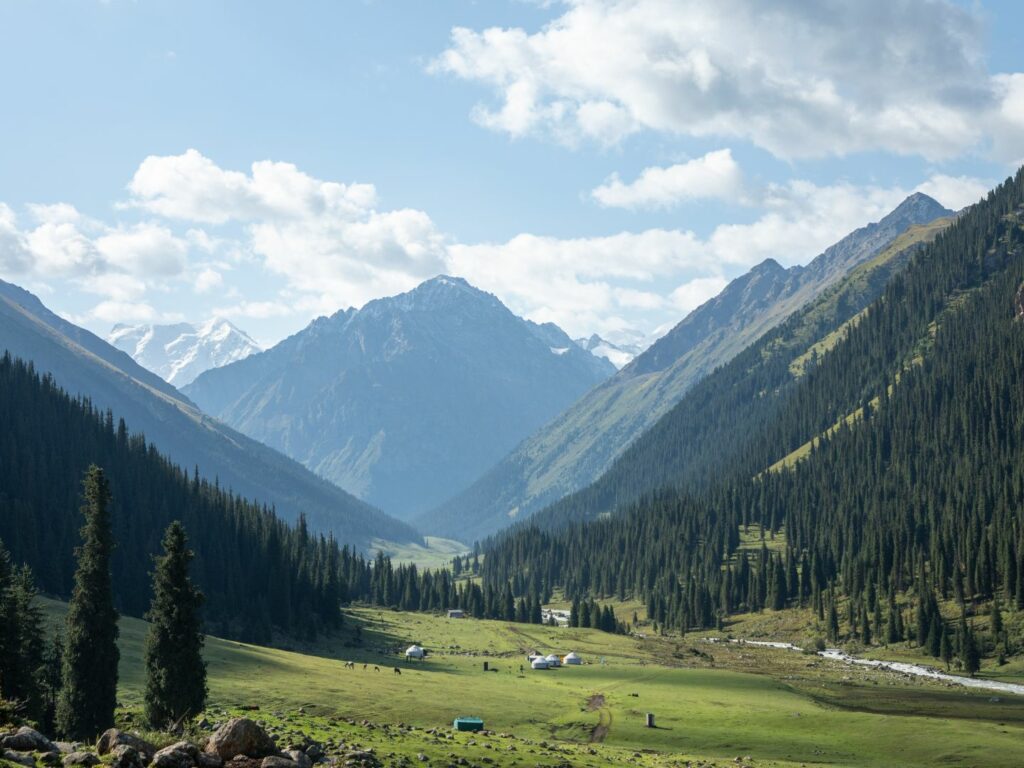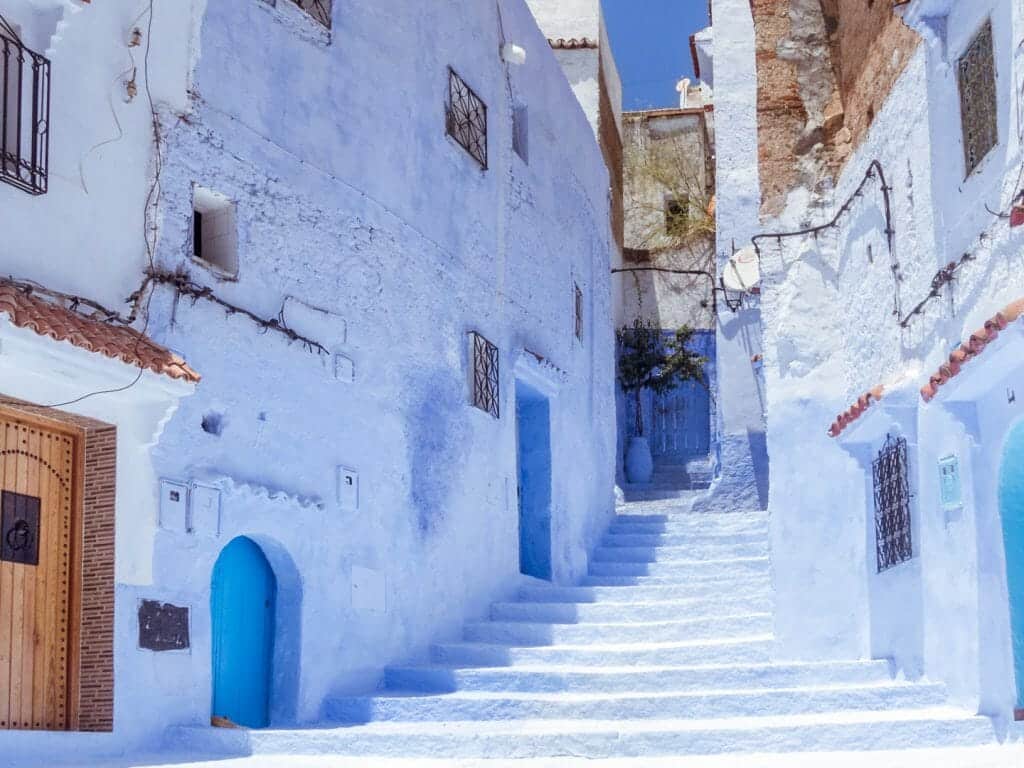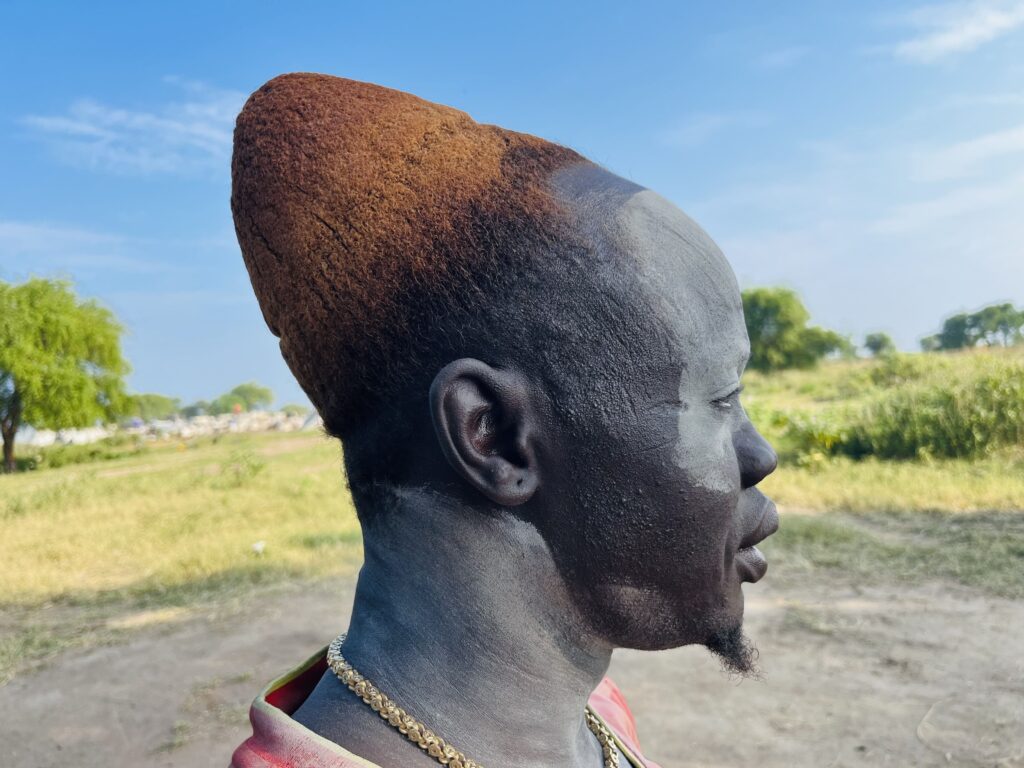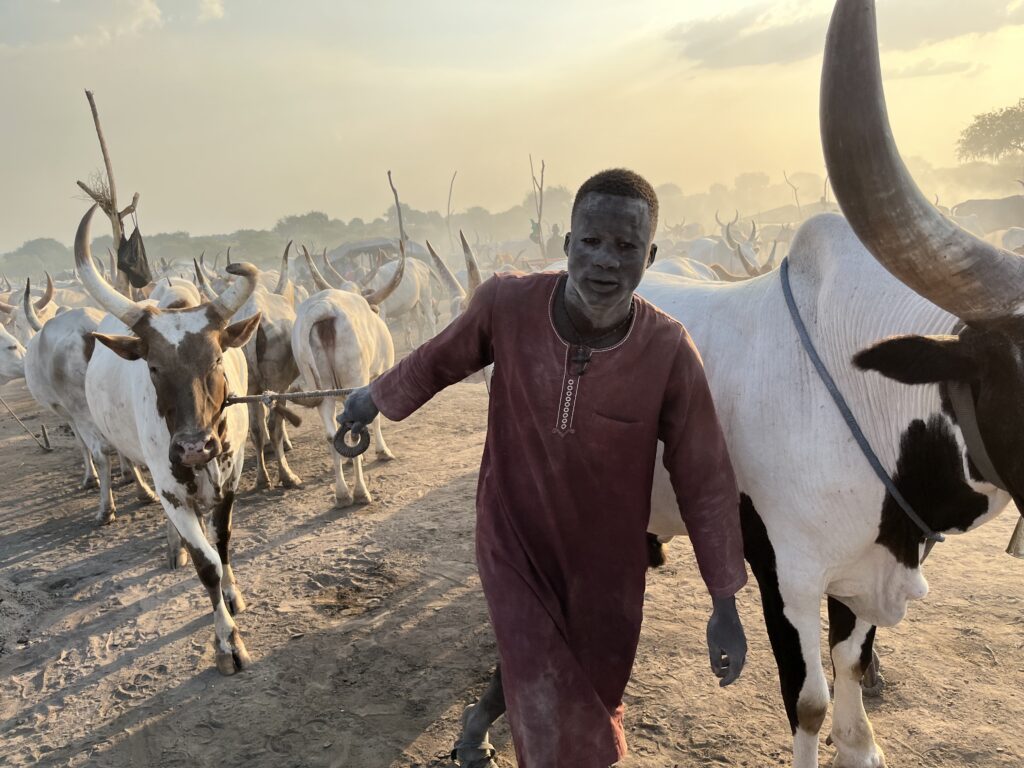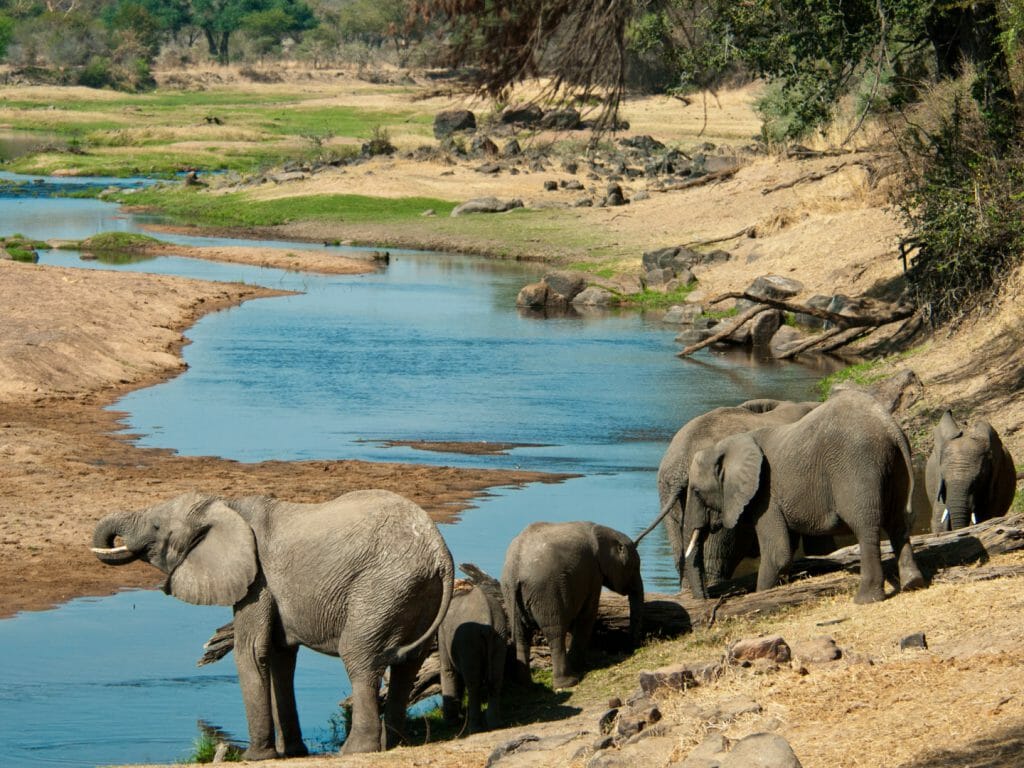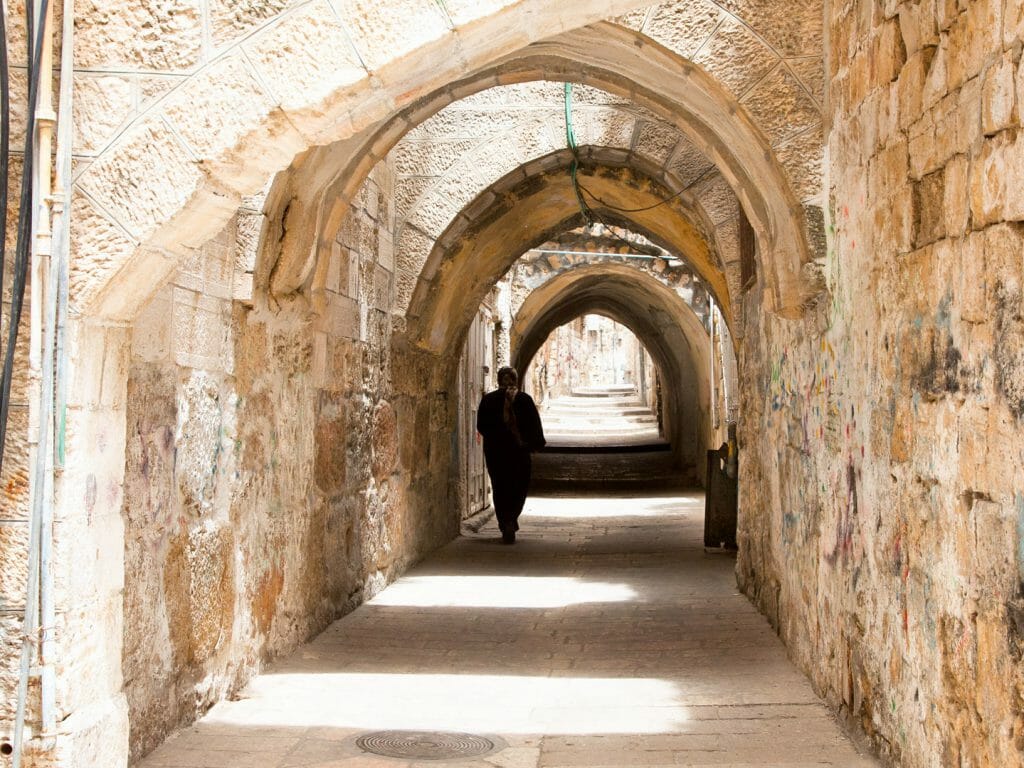“Avoid the fourth step,” cautioned Jonty, my guide. It was typical of her insight and attention to detail as she held me spellbound with Hyderabad’s riveting backstory of its hallucinatory past.
The morning had begun inauspiciously in the lobby of my hotel in Hyderabad with a history lesson like no other I have had. High praise from a history graduate.
“To understand India, you must understand its geography and weather,” Jonty explained as she talked about the barrier of the Himalayas in the north, the western ghats and the Deccan plateau – the word Deccan being an anglicised version of the Sanskrit word for ‘southern’. She eloquently and graphically described the importance of the monsoon. She placed the monsoon as the single most important weather forecast in the world and how, on such projections, the Indian stock market rises or falls.
Geography and history define the differences between the peoples of the north and south of the county. The north was conquered whilst the south was assimilated due to trade. In the north, the people tend to be more antagonistic and enterprising whilst in the south more laidback and educational.
We talked languages and Jonty explained that the four southern states have totally different languages. I learned that there are 17 languages on the rupee note and that the 1956 reorganisation of states was based on language. We digressed to stylistics and that the southern letters are more rounded as they derived from writing on leaves – straight lines would have broken the leaves. We ended with dialect and accent and how the Hyderabadi accent is renowned and even mocked.
With maps, Jonty showed me the princely states of India, the arrival of the Europeans and post-partition India. Years of confusion were dispelled in minutes. Arbitrary lines were clarified and I was now well aware that Hyderabad was by far the largest princely state.
“One would have been frisked at the walls for salt and tobacco,” Jonty remarked as we passed through the old city walls shortly before arriving at Golconda citadel and fort, the beginnings of the princely state.
The massive ramparts and stone walls spoke silently of how in the seventeenth century, the citadel was able to stave off the Moghul armies for months. The fort towers over a granite hill and is protected by massive gates with iron spikes to obstruct war elephants. Pachyderm paranoia does not stop there.
“See the curvature to stop elephants breaking down the gates. Elephants run in a straight line.”
Today Golconda is in ruins, a shadow of its former self. Yet it was not elephants but water that precipitated the demise of Golconda. In 1591, due to water shortages, the peoples of Golconda were moved wholesale to the newly-built city of Hyderabad.
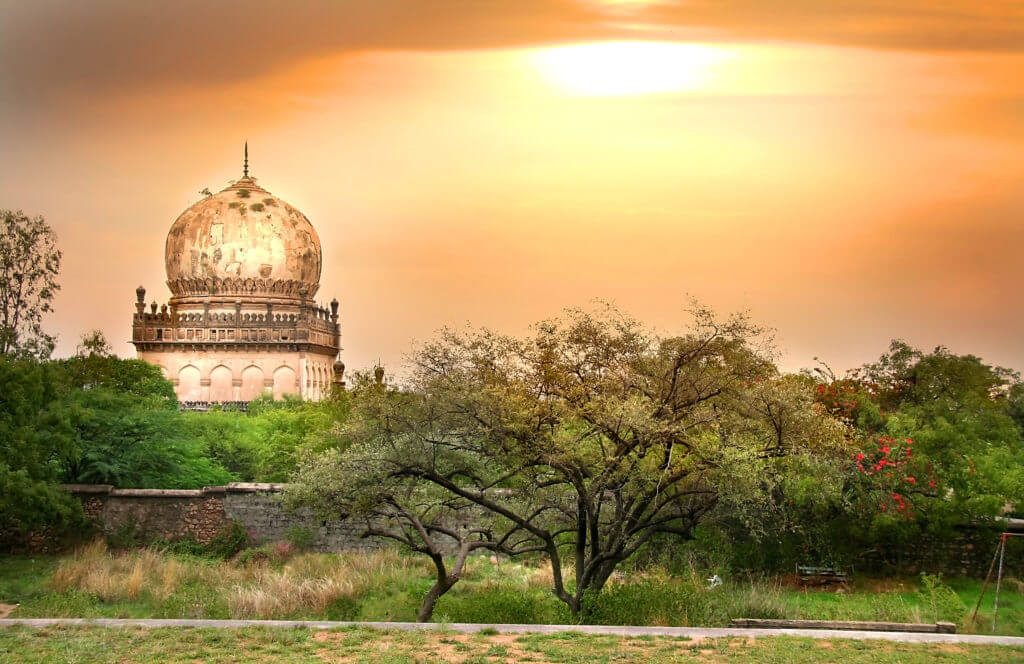
Jonty announced our arrival into the fort by clapping. The noise reverberated around the diamond formation in the ceiling, the acoustics broadcasting our presence to those within the fort as it would have done centuries ago. The acoustics were an aspect of the architecture and Jonty clapped often disturbing pigeons but not the musty smell and sleep of bats.
She pointed out Persian influences and the evolution of architecture. We marvelled at terracotta ducts used to pipe hot water, at the impressive water management system. The wells were all guarded not for fear of poison. Fear ruled – the granary was placed under the mosque so no one can blow up the temples.
“I don’t like to do cheesy but don’t look back,” instructed Jonty.
When she gave me the nod to do so, I could see why. Spread out in front of me was the full extent of the citadel encompassed by a five-kilometre circumference of wall. It was deceptively large.
Next stop was the nearby Qutb Shahi tombs, the burial grounds of the eponymous dynasty that ruled the region for over one hundred and fifty years from the beginning of the sixteenth to the end of the seventeenth century. There are some forty tombs in all, many decorated with carvings of lotus petals on the base and tiled motifs of wildlife, rare for Islamic art. They once would have been tiled similar to the facades of Isfahan or Samarkand but the Indian monsoon takes a heavy toll.
Golconda’s wealth was based on diamonds. The most famous diamond in the world, the Koh I Nor, ‘Mountain of light’, is from Golconda and the name Golconda used as an adjective to describe wealth by Shakespeare.
The 7th Nizam, the ruler of Hyderabad, succeeded to power in 1911 and was at that time the richest man in the world. The statistics are staggering. The 225 princely states of Rajasthan were smaller than Hyderabad. The state of Hyderabad was the single largest contributor to UK war effort.
Recently there has been a resurgence in Hyderabad as it established itself as the hub of India’s high-tech boom. Google set up its Indian headquarters in a district of Hyderabad known as Cyberabad. Amazon, Facebook and Microsoft, amongst many others, are also there. Next to me on the plane was a manager of Amazon coming to visit his team in Hyderabad.
Today’s Hyderabad shows its wealth in different ways. I would have walked straight past the innocuous and somewhat basic street-food stall had Jonty not made me stop. Whilst we were enjoying a delicious dhosa, Jonty nonchalantly dropped into conversation that Govind, whose stall it was, had won a national award for having the best street-food in India.
I was surprised and asked, with all due respect, why the award had not led to a little more prosperity for Govind. Jonty replied that he was richer than both of us together. I was even more surprised. She then asked me to ask Govind where he was next going on holiday. I did. Govind’s reply was the Maldives.


